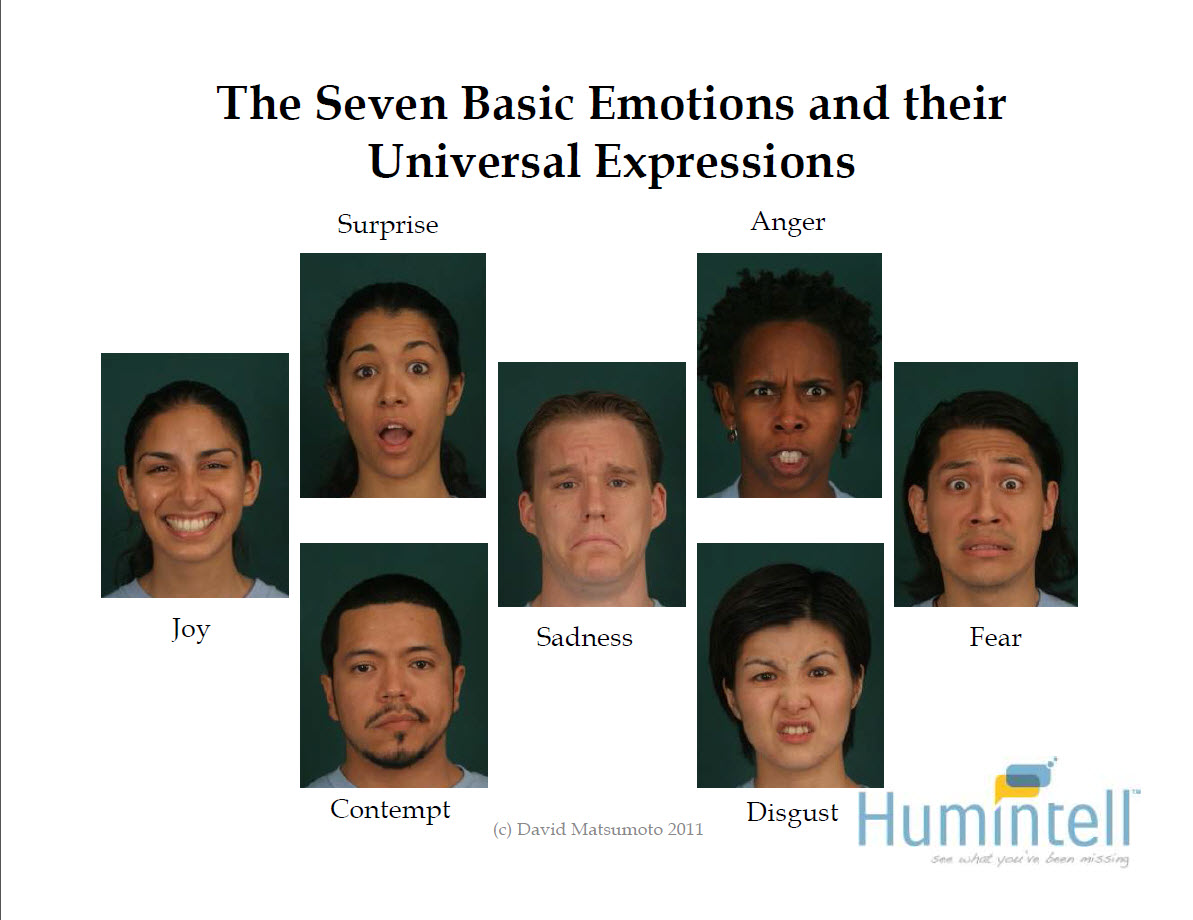Children can be brutally honest, but at what age do they start to realize what they say can hurt other people’s feelings?
Felix Warneken and Emily Orlins, two researchers at Harvard, recently set out to investigate that question, and they published their results in the British Journal of Developmental Psychology.
In their experiment they gathered 80 kids from 5-10 years old. They presented the kids with four simple drawings of things like houses or cars, two of which were good and two of which were obviously bad, and asked the kids to sort the drawings into “good” and “bad” piles.

Melissa Dahl from the Science of Us writes, “In one condition, one of the experimenters lamented to the other one how sad she was because she was so bad at drawing. In the other, the experimenter said aloud that she knew she wasn’t very good at drawing, but she was fine with that. Then, in both conditions, the artist-experimenter showed the child her messy picture and asked the kid directly which pile it belonged in.”
The results? At all ages, when the kids heard the experimenter say she was sad, they were more likely to lie to her and say they’d put her drawing in the “good” pile, as compared to the condition in which they heard the experimenter say she knew she wasn’t a great artist and was okay with that. But the older kids were more likely to lie to protect the researcher’s feelings than the younger kids.
Take a look at this past blog we wrote about children lying.

 The anger face: brows pulled down, upper and lower eyelids pulled up, lips rolled in and tightened. No matter where you go in the world, the facial expression of anger is expressed universally across all people of all cultures. Anger is one of the seven basic emotions along with sadness, happiness, contempt, disgust, fear and surprise.
The anger face: brows pulled down, upper and lower eyelids pulled up, lips rolled in and tightened. No matter where you go in the world, the facial expression of anger is expressed universally across all people of all cultures. Anger is one of the seven basic emotions along with sadness, happiness, contempt, disgust, fear and surprise.